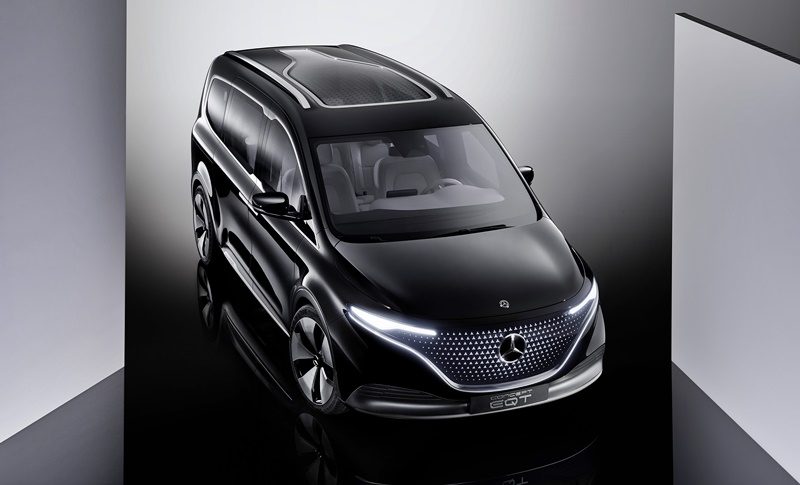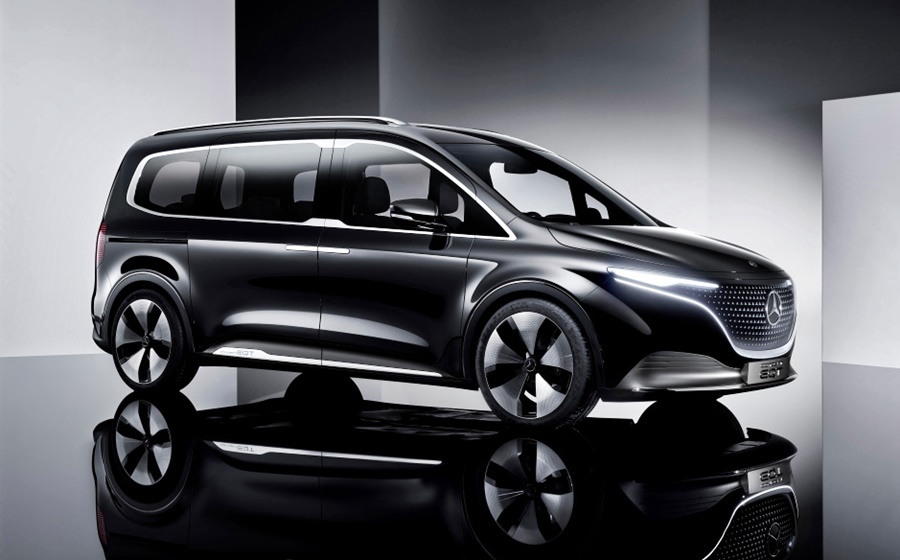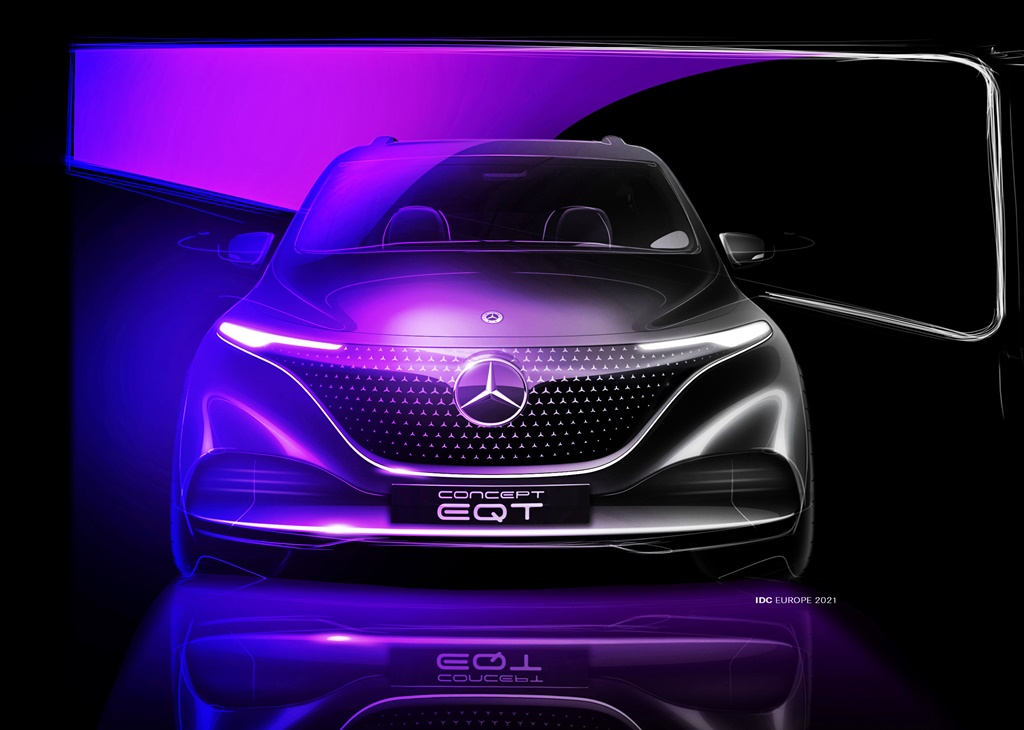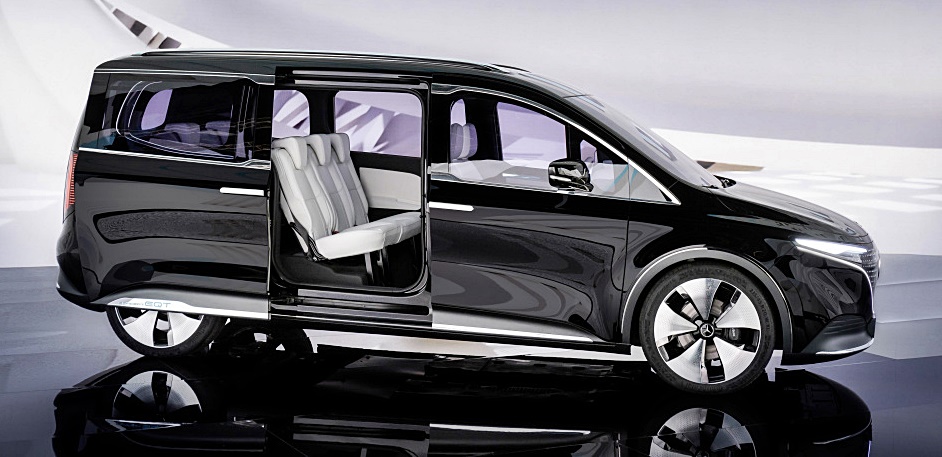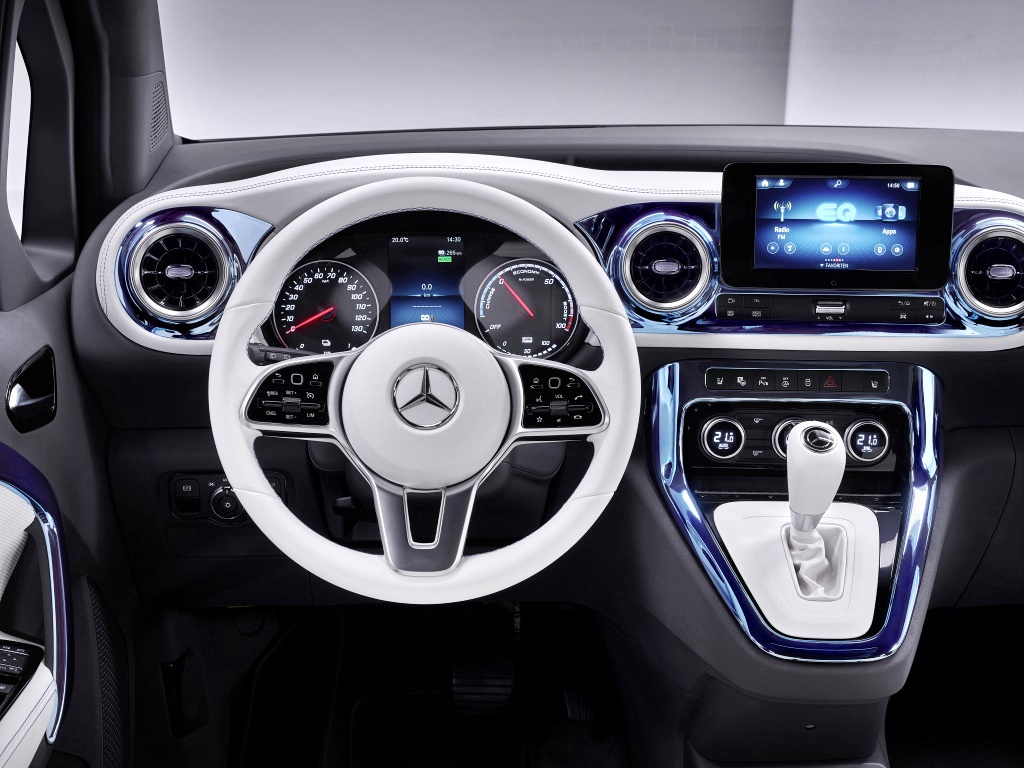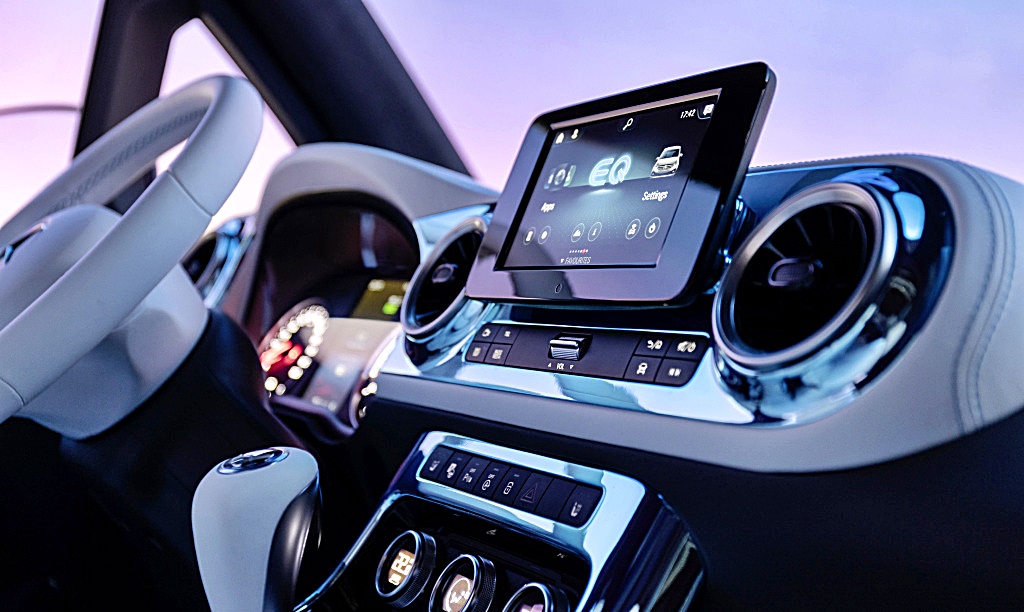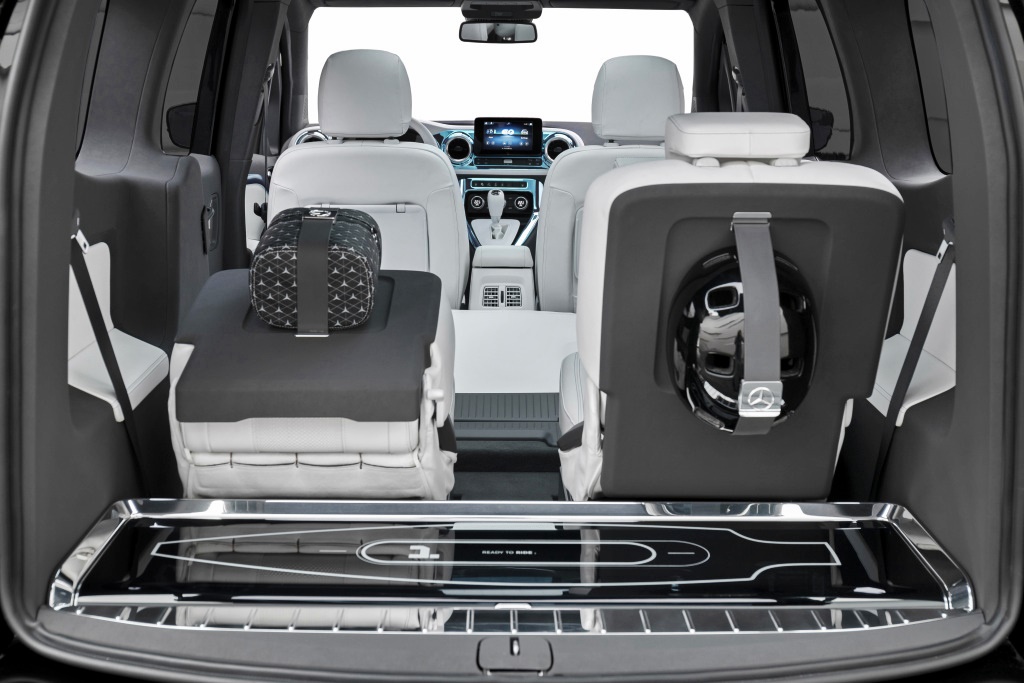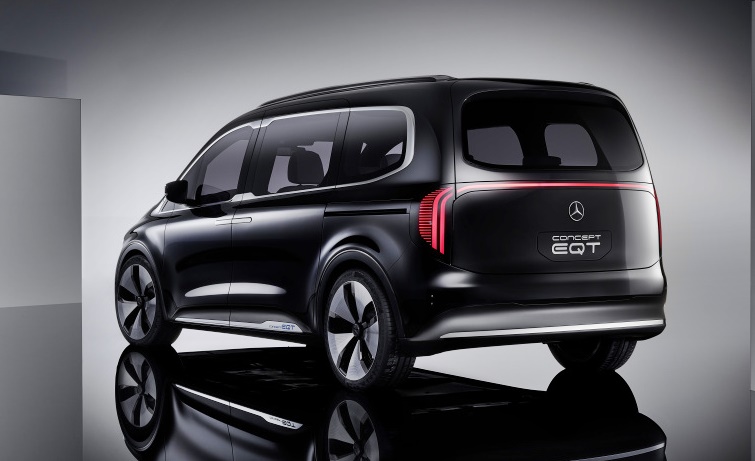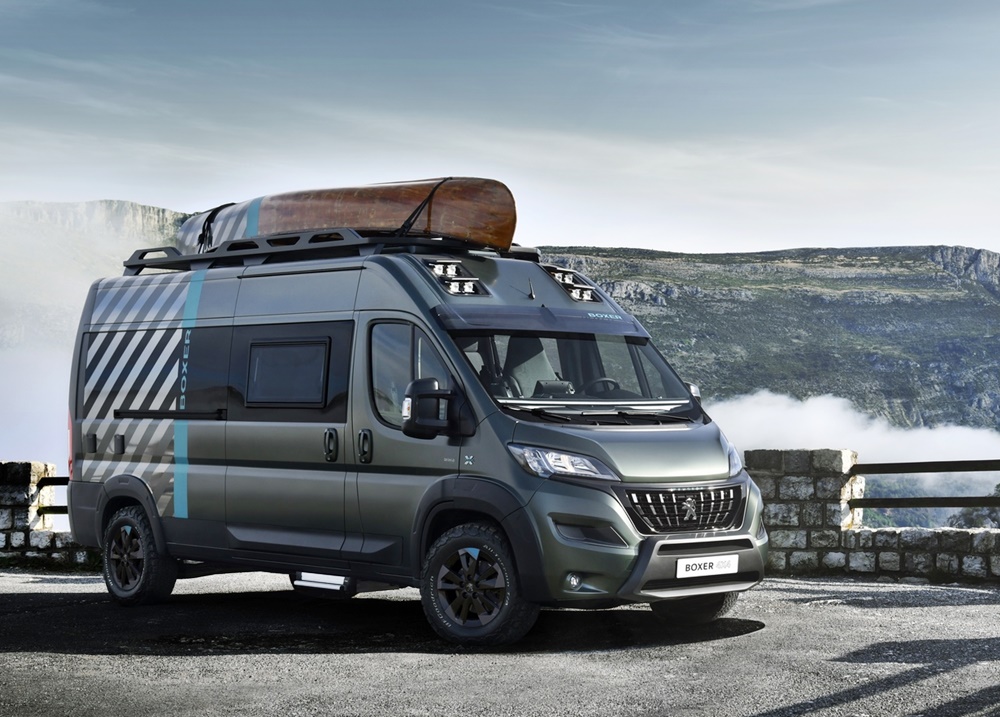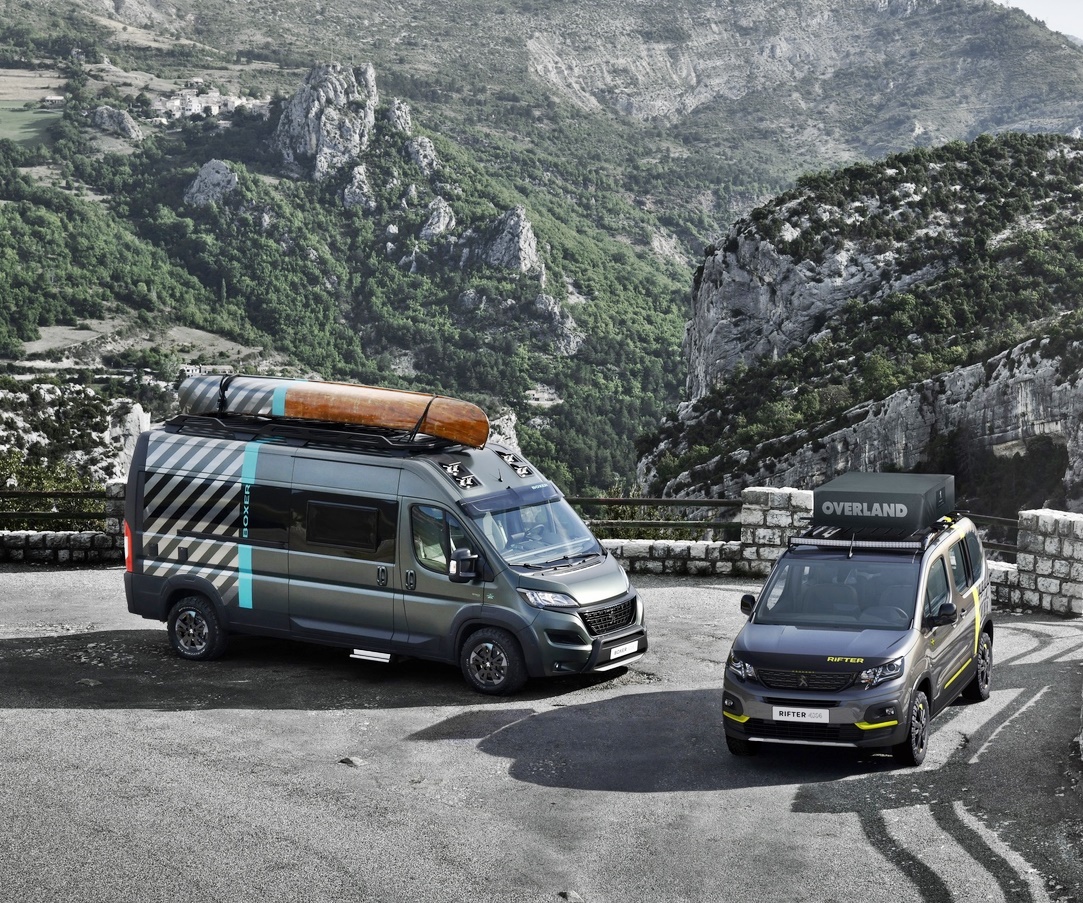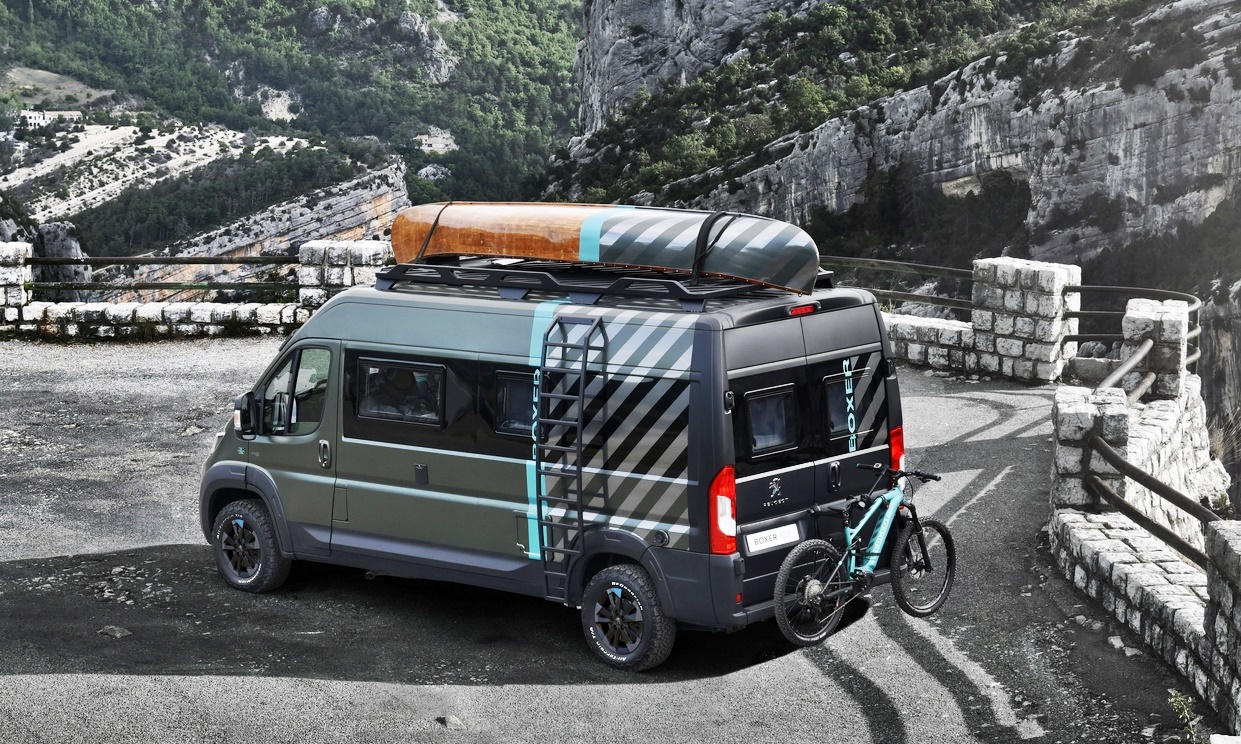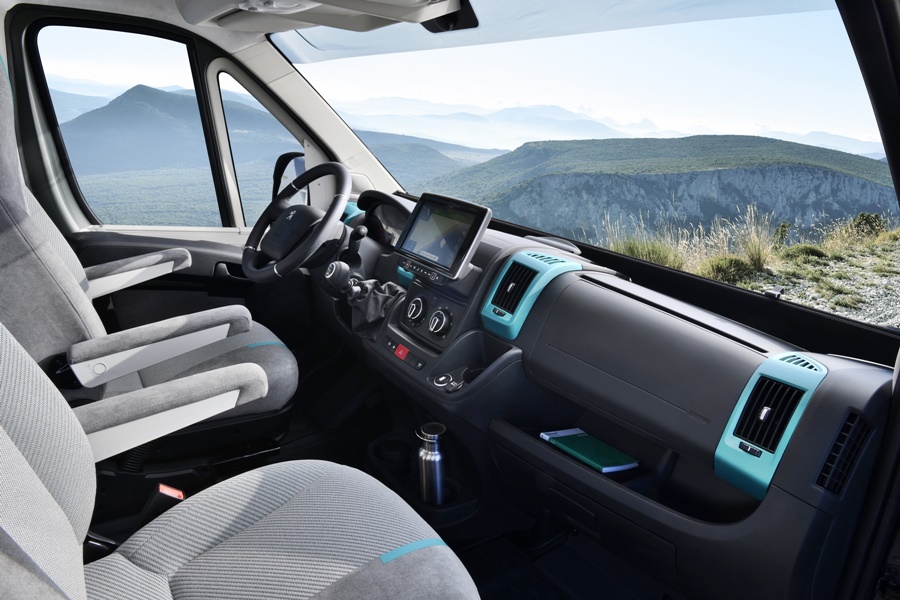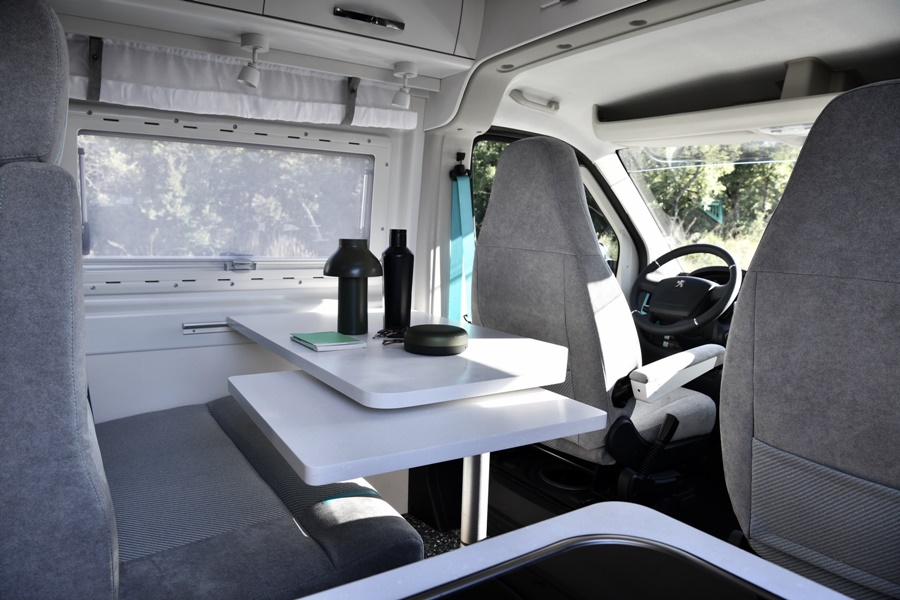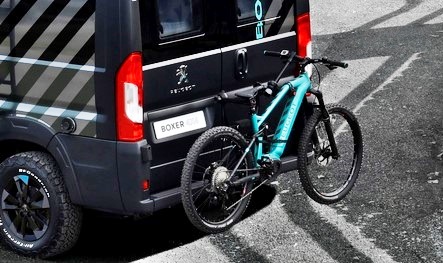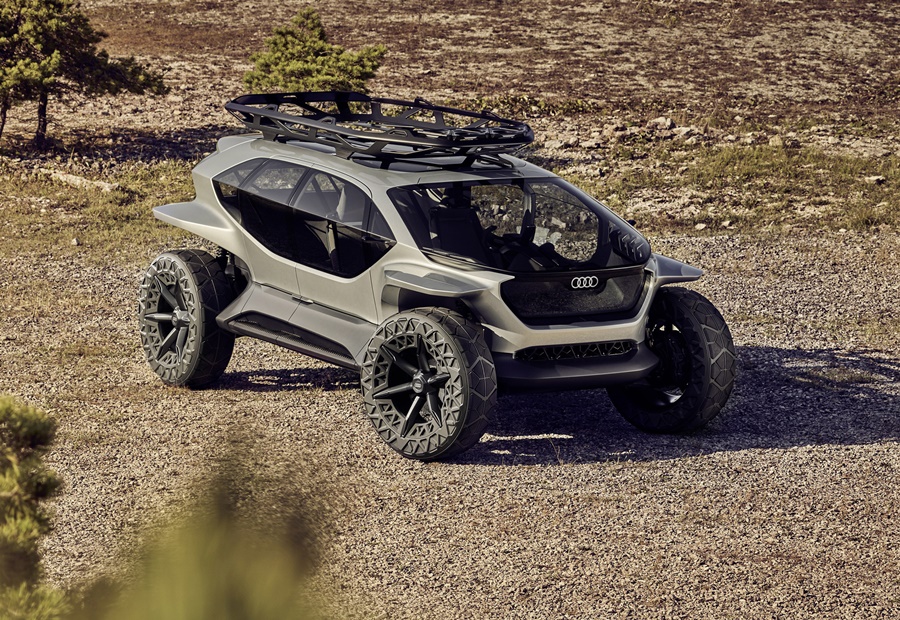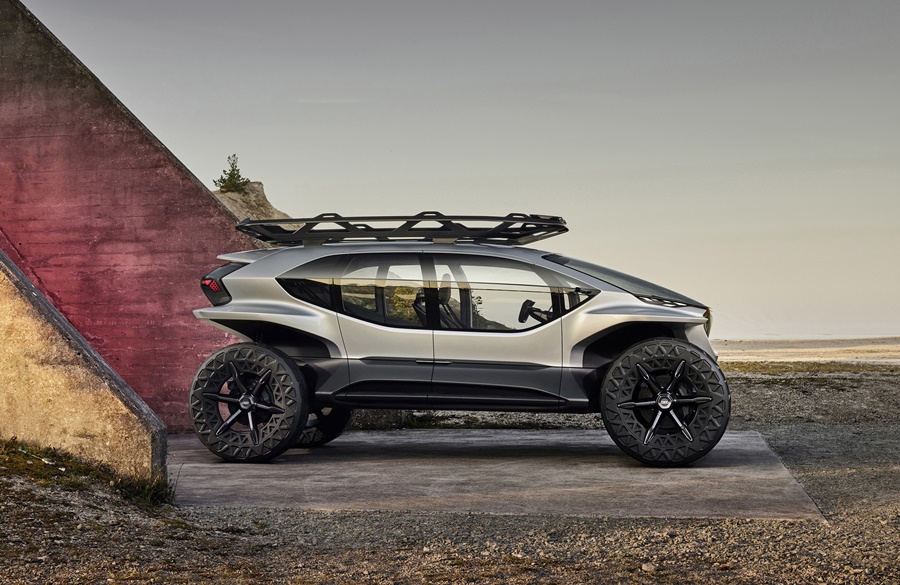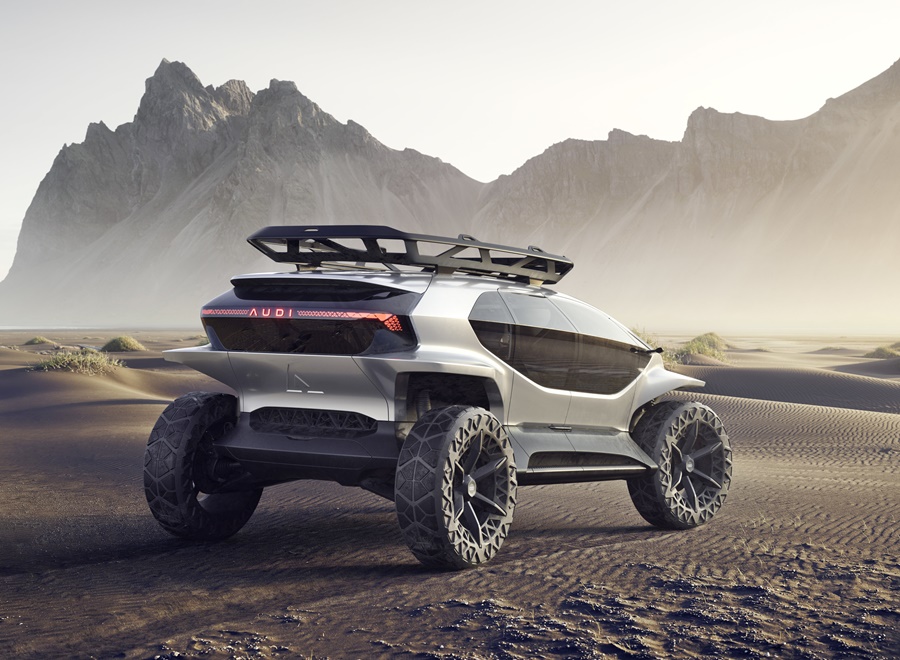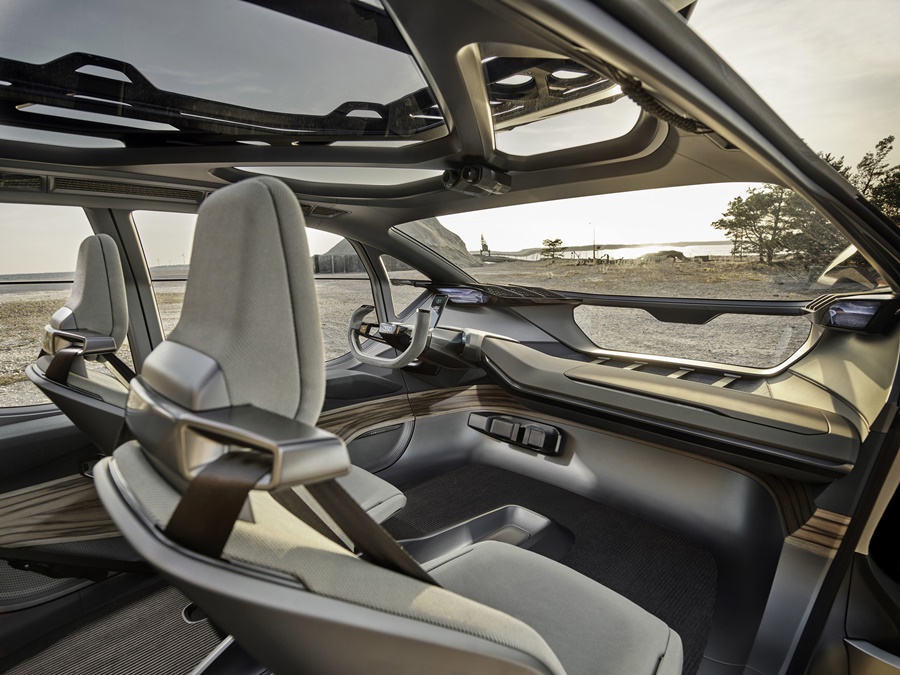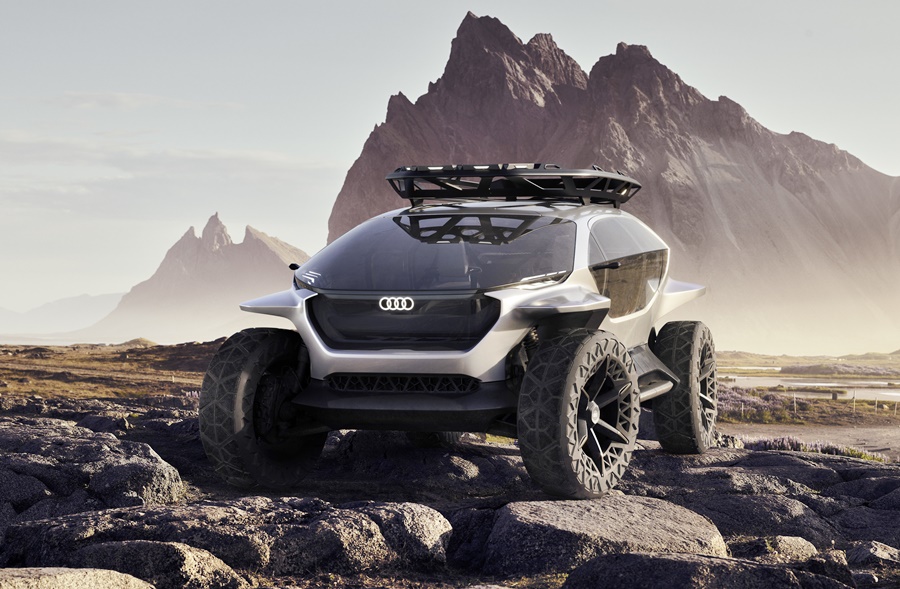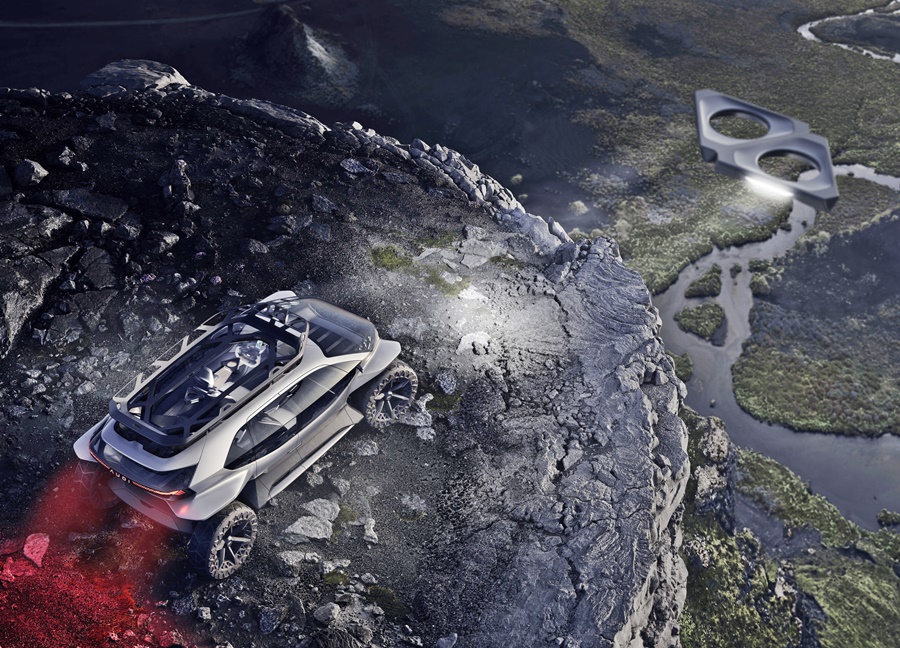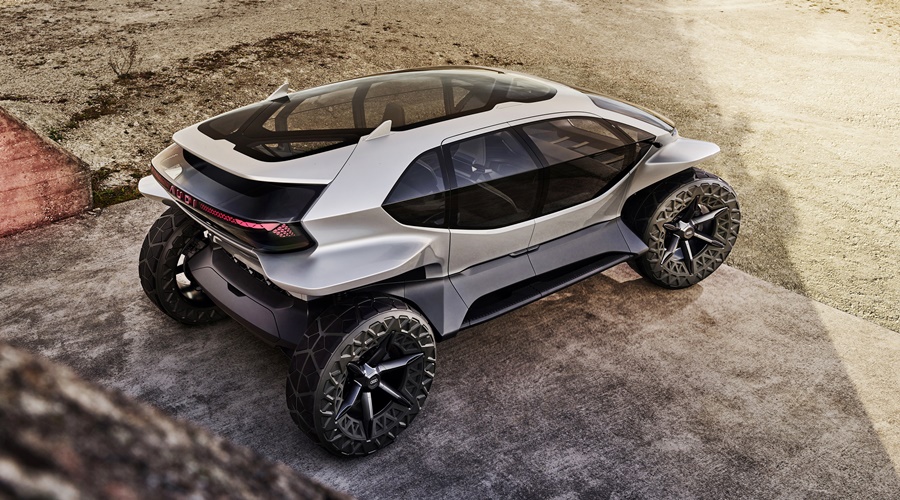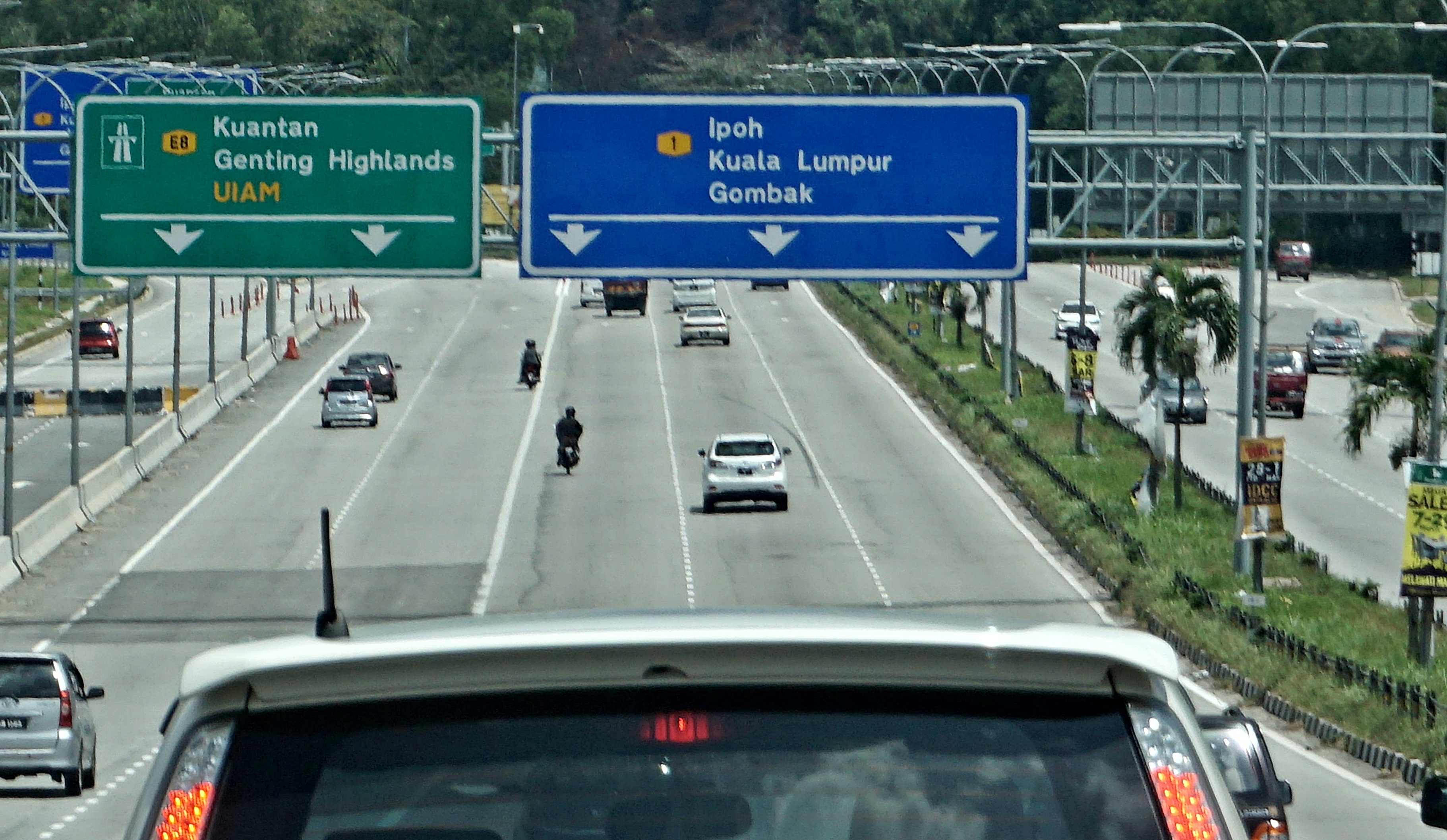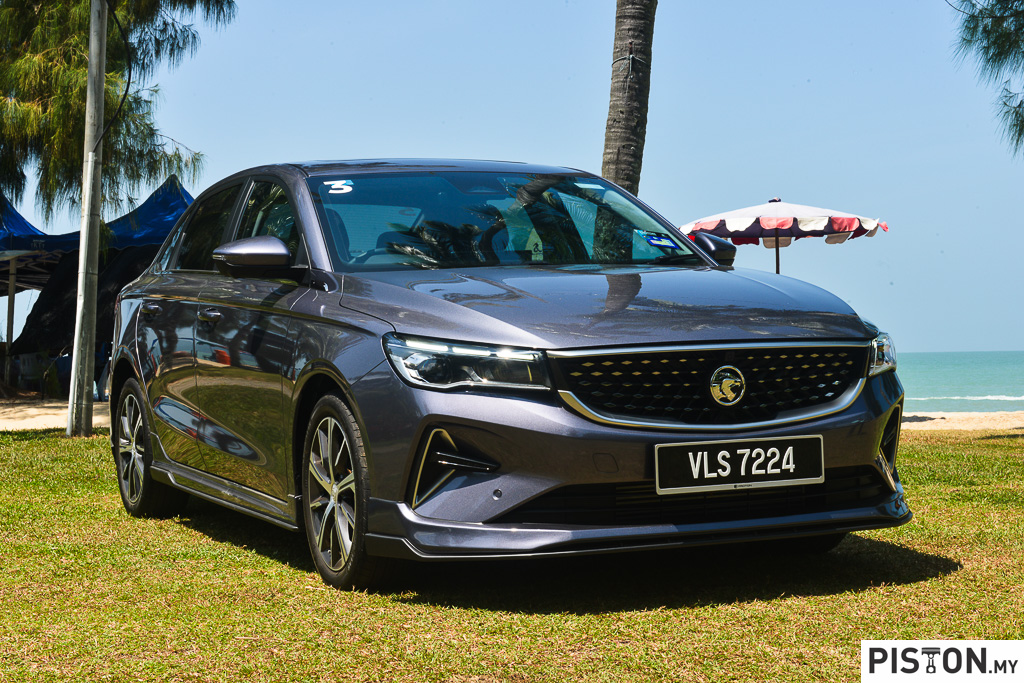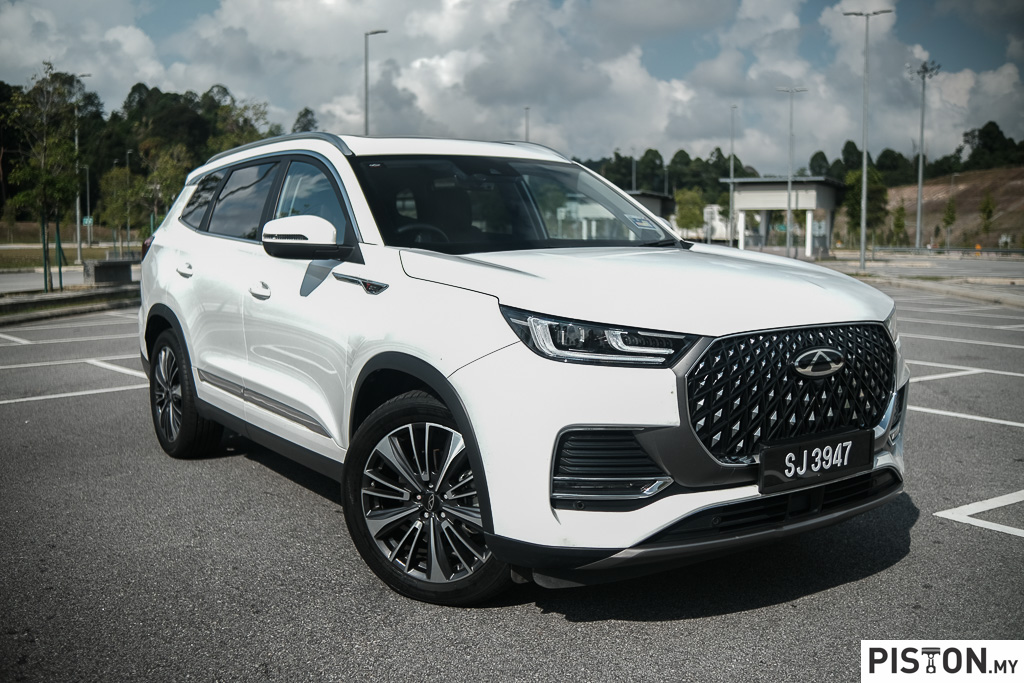The Mercedes-Benz EQ brand continues to grow each year with the addition of new all-electric models every year. In time, besides the sedans and SUVs we have already seen, there will be other model types just like the range for models with combustion engines. Next to come will be a small van and its appearance is shown in the Concept EQT.
New T-Class
This is a near-production concept vehicle that will be the first premium vehicle in the small van segment which Mercedes-Benz has designated the new T-Class as its representative. Besides the electric variant, there will also be other variants with combustion powertrains. While this new class has nothing to do with the old ‘T’ models that were stationwagons, it does offer storage versatility.
“We are expanding our portfolio in the small van segment with the forthcoming T-Class. It will appeal to families and all those private customers, whatever their age, who enjoy leisure activities and need a lot of space and maximum variability without forgoing comfort and style. The T-Class provides them with an attractive introduction into the world of Mercedes-Benz. And as the Concept EQT shows, we are consistently implementing our claim to leadership in electromobility and will also be offering a fully electric model in this segment in the future,” said Marcus Breitschwerdt, Head of Mercedes-Benz Vans.
EQ design DNA
The Concept EQT will be immediately recognisable as a member of the Mercedes-EQ family with the characteristic black panel front and LED front headlights that flows seamlessly from the bonnet and gleams with a star pattern. The different-sized stars with a 3D effect are featured throughout the vehicle exterior.
Explaining the design, Gorden Wagener, Chief Design Officer Daimler Group, said the Concept EQT is a new, holistic van with the Design DNA of ‘Sensual Purity’. “Sensuous shapes, elegant trims and sustainable materials show that this van clearly belongs to our Mercedes-EQ family,” he said.
The interior space, which can accommodate 7 persons, is characterised by an elegant contrast of black and white. The seats are upholstered in white nappa leather and the plaited leather applications on the seat centre panel comprise recycled leather.
The instrument panel in a sensual design is also particularly eye-catching. The upper section is shaped like a wing profile with the appearance of a seashore pebble and fuses dynamically with the instrument cluster. Round air vents in high-gloss black, galvanised trim elements and the multifunction steering wheel with Touch Control buttons underline the high quality, modern appearance.
Intuitive, self-teaching MBUX
Like every new Mercedes-Benz model, the MBUX infotainment system (Mercedes-Benz User Experience) is present. The system can be conveniently operated using the free-standing central display with touch function, the touch control buttons on the steering wheel and the ‘Hey Mercedes’ voice assistant. It has the ability to ‘learn’, thanks to artificial intelligence. MBUX will be able to anticipate what the driver would like to do next with the help of predictive functions. For instance, if someone regularly calls a certain person on Fridays on the way home, the system will suggest their telephone number on the display on this day of the week.
In the high-resolution infotainment system media display, the EQ tile in the main menu serves as a central point of access to the specific displays and settings. These include the charging current, departure time, energy flow and consumption histogram. The media display can also be used to operate the navigation as well as the driving modes. On the move, it will display charging stations, the electric range and optimized route planning taking into account the charge level, weather or the traffic situation.
Maximum variability and functionality
The Concept EQT, which has an overall length of 4945 mm (22 mm longer than an E-Class sedan), has sliding doors on both sides. The openings have been made as wide as possible so that both full-sized individual seats in the third row can be reached without difficulty. If more space is required, the third-row seats can be folded or removed completely, leaving sufficient space for a pram, a transport box for dogs and other leisure equipment.
The vehicle’s elegant bottle design which tapers from the front to the rear makes the vehicle appear longer. The steeply sloping rear with a comfortable, vertical tailgate and window provides for a particularly spacious load compartment. A panoramic roof with a starscape lasered into it floods the interior with light.
An interesting feature in the concept vehicle is an electric longboard integrated into the load compartment. It is stored in a double-floor compartment beneath a plexiglass lid fitted in an aluminium frame and flush with the load compartment floor. The electric longboard is also made of aluminium and features a star pattern, giving it a particularly stylish look.
The new T-Class will be launched in 2022 and join the commercially-positioned Citan which will celebrate its premiere this year including a fully electric variant. The fully electric version for private customers will follow later.


